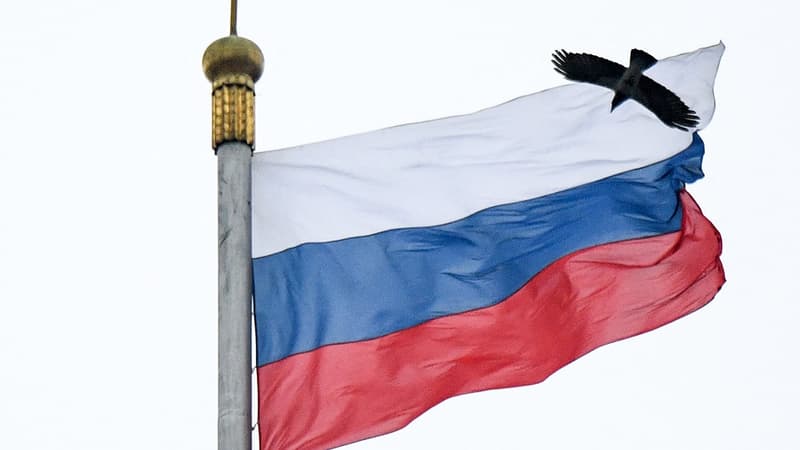Russia has officially entered recession after a 4% drop in its gross domestic product (GDP) in the third quarter, according to an initial assessment published Wednesday by the Rosstat statistics agency. The trend, after an already weighed-down second quarter (-4.1%), is largely affected by the effects of strong Western sanctions following the Kremlin’s military intervention in Ukraine. Analysts, however, expected a more marked drop in the economy between July and September, around -4.5%.
According to Rosstat, wholesale (-22.6%), retail (-9.1%), but also freight transport (-5.5%) and manufacturing (-2% ) reduced economic activity. By contrast, construction (+6.7%) and agriculture (+6.2%) showed signs of good health.
The last technical recession in Russia dates back to 2020-early 2021, years marked by the Covid-19 pandemic. The first three months of 2022 had seen Russian GDP grow by +3.5%, but the outbreak of the offensive in Ukraine at the end of February led to a hail of international sanctions and many problems for the Russian economy: limited imports and exports, exacerbated staff shortages, difficulties in the supply of spare parts, etc.
Officially employed full time
According to a forecast by the Central Bank of Russia made on November 8, GDP should contract by around -3.5% throughout 2022, a far cry from the doomsday forecasts forecast in spring. The IMF (-3.4%) and the World Bank (-4.5%) also anticipate a year-on-year drop in GDP of the same order of magnitude. Despite the contraction in activity, Russia officially remains at full employment, with an unemployment rate of 3.9% in September, according to Rosstat.
After raising its reference rate to 20% after the first sanctions at the end of February, the Russian Central Bank has set it at 7.5% since mid-September and does not plan to change it by the end of the year, a sign of a certain “adaptation” of the Russian economy to a “new reality”, according to his boss Elvira Nabioullina.
Source: BFM TV


